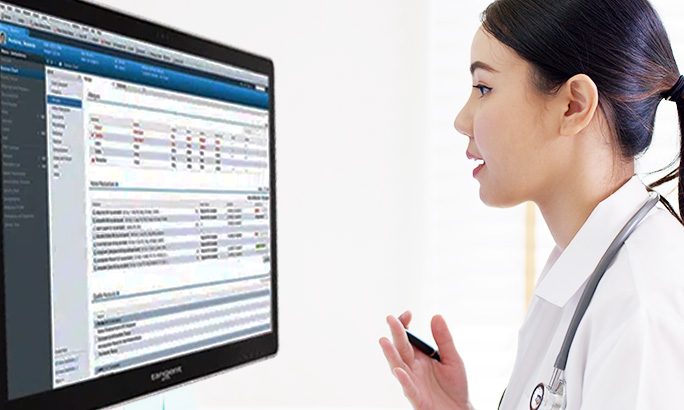Medical PCs have become an essential component in modern healthcare, enabling healthcare providers to provide efficient, accurate, and effective patient care. Medical PCs are computers designed specifically for use in healthcare settings, with features and functions that cater to the unique needs of healthcare providers. In this blog, we will explore the role of medical […]
Tag: Medical PC

Medical PC Defined
Medical PC Definition Medical PCs or medical computers are developed with the healthcare industry in mind. To be called medical grade, a personal computer for the healthcare industry must carry the UL/IEC60601-1 certification. After passing rigorous safety and performance tests, medical computers earn IEC 60601-1 certification. Validation is an additional safety measure that guarantees the […]
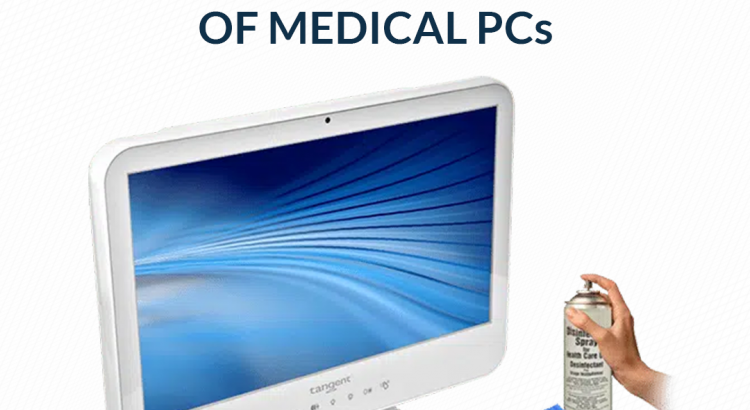
Waterproof Properties of Medical PCs
Computers have become the backbone of the health care industry. They allow medical workers to efficiently process patient cases, control devices that perform CT scans, ultrasounds, MRIs, or blood tests, and help doctors show patients their X-rays to explain their situation. And given the technical demands of the health care environment, purchasing waterproof medical PCs […]
Why Medical PCs Still Have Serial Ports
When everybody’s using USB ports, having a medical computer with a serial port can seem like you’re ten steps behind everyone in the tech world. That’s not true. Serial ports are not obsolete. They’re usually used to connect older hospital equipment with new computers. But is that the only reason serial ports are still […]
Medical PC Explained
Medical PCs are one of the best technologies for ensuring healthcare quality and safety. Hospitals must be selective in technology as not all technologies improve patient safety. Utilizing computer and information technology for electronic health records (EHR) has become a standard practice in health care. In hospitals, medical computers are also becoming more common. Some […]
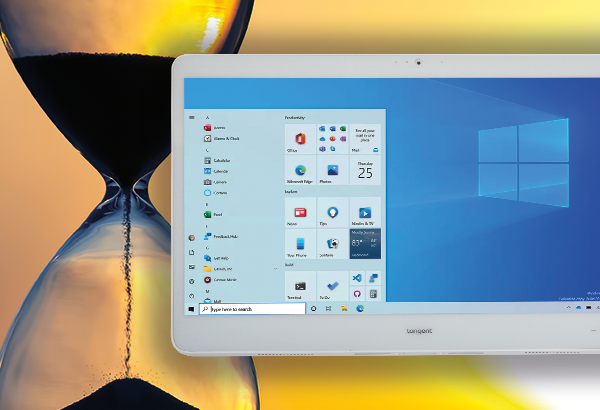
How long do Medical Computers Last?
Medical computers have unique features and specifications compared to consumer grade computers. The lifetime of healthcare-specific medical computers depends on the quality of the manufacturer. Durable components and sound engineering help determine the longevity of units. Like all electronic devices, there are brands and companies that healthcare administrators have come to rely on for performance […]
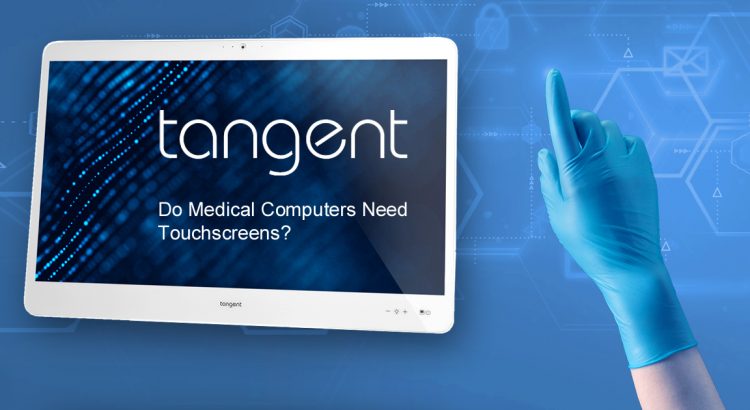
Do Medical Computers Need Touchscreens?
When people refer to their “phone” these days, it’s more than likely they mean their “smartphone.” Smartphones have become ubiquitous in our society, and are becoming increasingly necessary for everyday life. But what caused these smartphones to take over their older cousins? One of the defining features that played a large role is the humble […]
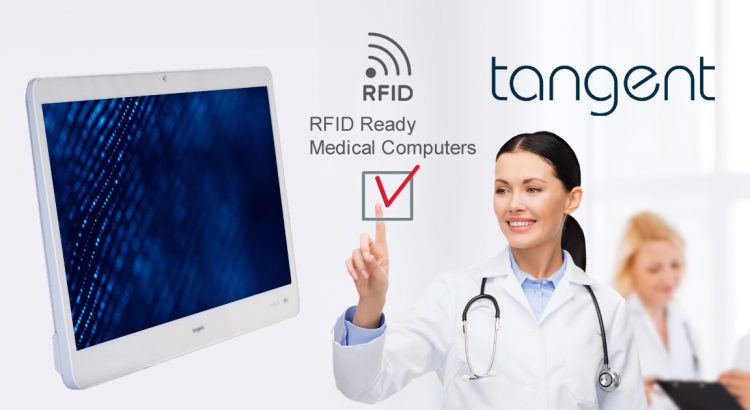
RFID Ready Medical Computers
What Is RFID? RFID stands for Radio-Frequency Identification. The technology standard is made up of RFID tags and readers. These tags have small radio receivers and transmitters inside them. When in contact with a reader, the tag will respond and transmit information it is carrying to the reader. These tags can be used for a […]
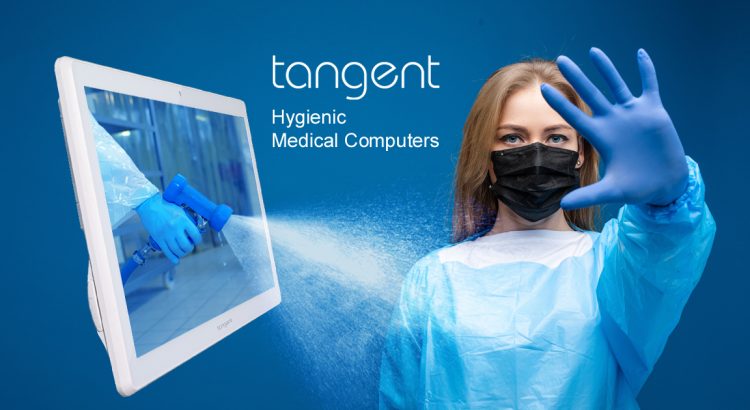
Hygienic Medical Computers
Cleanliness remains a top priority for hospitals everywhere. Since the introduction of handwashing into the medical field, efforts to curb disease spread in the hospital have been largely successful. Still, medical institutions must remain vigilant in their hygienic practices to ensure that the risks to patients are minimized. Hospitals need quality medical computers that help […]
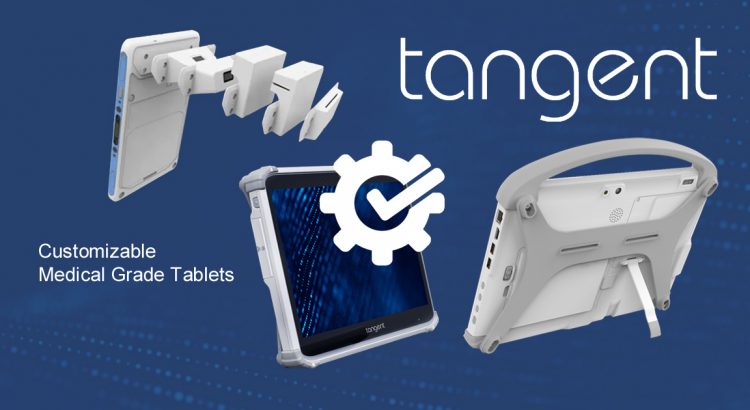
Medical Tablets
EN 60601-1 Certification Among the most important features for medical grade devices is EN 60601-1 Certification. Medical tablets with the certification are shielded from Electromagnetic interference both from receiving and also from producing it. EN 60601-1 is a certification that distinguishes a medical tablet from a consumer grade medical tablet. Medical Tablets with Antimicrobial Surfaces […]
